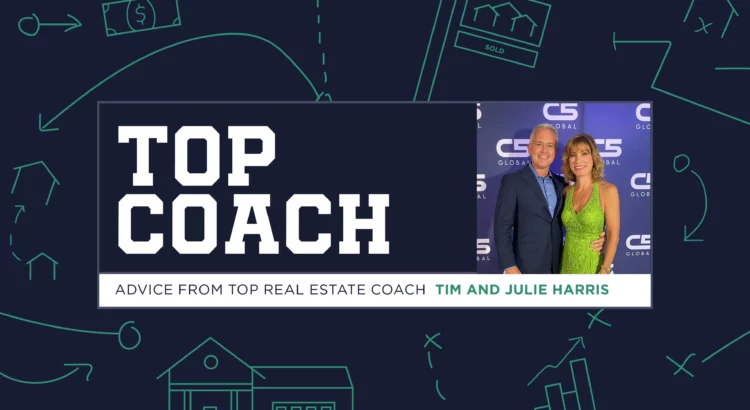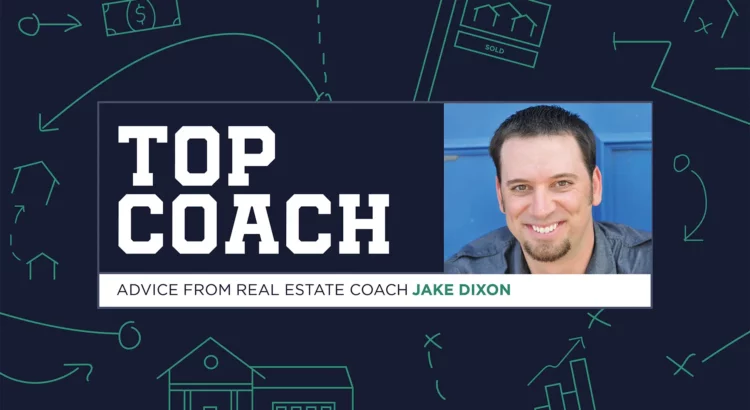by Tim and Julie Harris
What is it?
- Traditional new-construction, single-family home neighborhoods
- New town homes, doubles, zero-lot-line homes, patio homes, garden homes
- Condos; low-, medium- and high-rises
- Urban and suburban infill/teardowns/rehab
- Land acquisition, lot sales, development
Why do you care?
- This is a great source to find inventory for your buyers that are not in the MLS! Note: Many resale buyers get frustrated thinking about the cost of repairs on an older home. This is a solution that overcomes that objection.
- New construction is a major part of most markets. Not knowing new construction is a handicap to your career. Don’t claim it’s not there if you haven’t actually researched this.
- One relationship (with the builder, developer or sales manager) can lead to many multiple transactions. We’ll explain how in a moment.
- End the frustration of being in competitive-offer situations with your buyers trying to buy resale. New construction offers them freedom of choice, time to move and no rehab costs.
- Buyers can often get more home for the same payment if you find them a builder with in-house financing, rate buy-down options or other assistance.
- This is actually EASIER prospecting than many other spokes, because builders usually have commissions built into their pricing!
What opportunities are available?:
- Sit in the new-construction model home during the hours the builder doesn’t have coverage. Sell their product when you can, and keep the leads who don’t build with that builder or don’t build at all. Think listing leads, new-construction buyer leads, etc.
- Create a relationship with new-build reps and/or the sales managers at different projects where they refer the resale listings to you. If they’re licensed, you may pay them a referral fee. If not, show your gratitude with gift cards.
- List the spec homes the builder has under construction or homes where contracts recently fell apart. There are always opportunities that arise, especially in the larger subdivisions.
- List every listing the builder has, representing them on the whole project. This may include both lots to sell to other builders and/or the actual homes being built.
- Sell as much as you can yourself, to your own buyers, controlling more of the project and keeping the builder as happy as possible for future developments.
- Bring the builder/developer land, sell them the land, list the new homes, sell those homes … lather, rinse, repeat!
- Develop land yourself or with investors. This may include house-by-house teardowns, rehabs or larger projects.
How do I get started on this?
1. Find new construction in your area. Create a file, a spreadsheet, a PDF — some way to have your own ‘New Construction MLS’ — for quick reference. The local builder associations can help you know who’s building what, where and for what price. Example: http://www.texasbuilders.org/membership/member-directory.html. NewHomeSource.com is also a great resource.
2. Determine which builders have new-construction representatives “on-site,” in either model homes or trailers.
3. Prioritize the builders who have reps on-site for the sake of building your resale referral network.
4. Visit each development. Get to know the product FIRST, before you go asking for anything in return. Ask the following questions:
- Do they have spec homes?
- How do they handle home sale contingencies?
- Do they have in-house or special financing arrangements?
- Where else are they building?
- Do they ever list with agents on a house-by-house basis or entire projects?
- Who is their typical buyer?
Asking these questions shows your interest and enthusiasm and getting the answers helps you to know how to monetize the relationship.
5. Create a “pop-by” plan to build relationships and get the inside scoop on available homes. (Be the one they call when someone backs out of a new home that’s just been completed!)
6. Take appropriate buyers from your pipeline to the right projects, and sell what you can! Remember: Builders offering financing equals higher price point and same payment for your buyers.
7. Take appropriate new-build reps to coffee to discuss referral arrangements for resale properties or other opportunities you’ve discovered so far. Make sure you know their product first!
8. Set appointments with sales managers, the actual builder or the developer to discuss listing spec homes or projects. Use your Pre Listing Package, with a modified Listing Plan of Action for their project.
9. Lather, rinse, repeat! There are new projects getting started all around you. Make sure you are educated, communicating and participating.
10. Consider joining your area’s Architectural Review Committee, Urban Planning Committee or other organizations to be on the inside track!
11. Join Premier Coaching so our expert, Harris Certified Coaches can help you develop this source of business to the highest level. They can shorten your learning curve, hold you accountable and move you forward faster than trying to figure all of this out on your own!
Tim and Julie Harris host the internationally syndicated, No. 1 daily podcast for REALTORS, “Real Estate Coaching Radio.” Their podcast has had over 20 million downloads from 61 countries and continues to grow every episode.
In their first year selling real estate, Tim and Julie broke all records, selling more than 100 homes, and continued to do so for nearly 10 years. They’ve been professional real estate coaches for more than two decades in all types of market conditions and have a team of Harris Certified Coaches.


